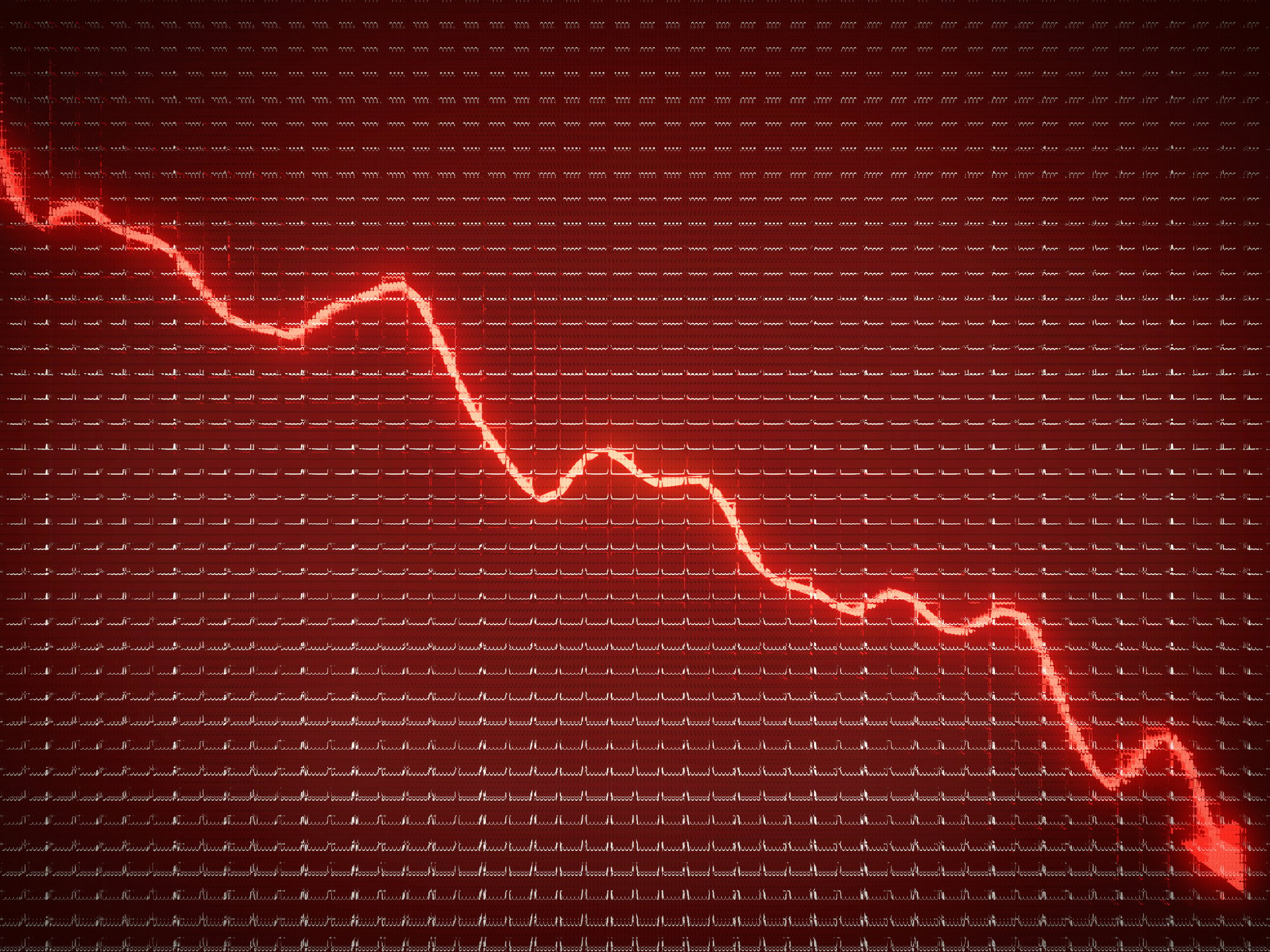Shares of Infinera (INFN +0.00%) rallied more than 20% over the past month as investors seemingly warmed up to the beaten-down fiber optic systems maker. Yet the rally wasn't sparked by any positive news, so it might just be a "dead cat bounce" for a stock that remains 60% below its 52-week high. Let's dig deeper to see if this rally has any staying power.
What does Infinera do?
Infinera installs fiber optic systems for service providers. It generates most of its revenue from Long Haul WDM (Wave Division Multiplexing) systems, which increase network capacities over long distances without laying down additional fiber. It generates a smaller percentage of revenue from the Metro WDM and DCI (Data Center Interconnect) markets, which cover shorter distances.

Image source: Getty Images.
Infinera was once considered a "super cycle" play on the growth of cloud services and streaming media, which required carriers to quickly upgrade their bandwidth. However, carriers focused more on short-range Metro and DCI upgrades instead of Long Haul WDM ones. Meanwhile, a slowdown in spending in China, a major market for fiber optic upgrades, caused Infinera's growth to hit a brick wall in the second half of 2016.
Infinera's revenue growth turned positive again in the second half of 2017, but that growth decelerated significantly during the third quarter.
|
Q3 2017 |
Q4 2017 |
Q1 2018 |
Q2 2018 |
Q3 2018 | |
|---|---|---|---|---|---|
|
YOY revenue growth |
4% |
8% |
16% |
18% |
4% |
Source: Infinera quarterly reports.
For the fourth quarter Infinera expects its revenue to rise 61%-71%, thanks to its recent acquisition of Coriant. But when Infinera initially announced that acquisition, it claimed that it would roughly double its annual revenues.
Coriant's shortfall, which Morgan Stanley called a "rough start out of the gate," caused Infinera's stock to plummet more than 30% after it released its earnings report. Analysts now expect Infinera's revenue to rise just 26% this year (which ended on Dec. 30) and 50% next year.
In other words, Infinera paid $430 million for a company that will only add about $470 million to its revenue next year. The acquisition is also expected to drag down Infinera's gross margins and cause it to report net losses for at least two more years.
For the fourth quarter Infinera expects to report a non-GAAP gross margin of about 30%, a negative operating margin of 13%, and a net loss of $0.28 per share. Those represent steep drops from its non-GAAP gross margin of 38.4%, negative operating margin of 2.6%, and net loss of $0.04 per share in the third quarter.
Check out the latest Infinera earnings call transcript.

Image source: Getty Images.
Short-term vs. long-term views
For many investors, that short-term pain outweighs the long-term gains from buying Coriant, which should eventually boost Infinera's exposure to the Metro and DCI markets, cut costs with economies of scale, reduce its customer concentration, and help it compete more effectively against bigger optical vendors like Ciena (CIEN +5.19%).
However, Ciena's larger scale and better-diversified business model still arguably makes it a better play on the fiber optic market. Analysts expect Ciena's revenue and earnings to rise 8% and 29%, respectively, this year. At a recent investor presentation, Ciena estimated that its adjusted EPS would grow at an average rate of more than 20% over the next three years.
Infinera is clearly a riskier stock than Ciena, but the bulls likely see a few glimmers of hope on the horizon. First, the stock has an EV/Sales ratio of just 0.9, which suggests that it's cheap relative to its top line growth. Its low enterprise value of about $860 million also makes it a potential takeover target as bigger fiber players consolidate the market.
Second, Infinera's insiders bought nearly double the number of shares they sold on the open market over the past 12 months, which suggests that they see more tailwinds than headwinds. Lastly, only 14% of the stock's float was being shorted as of Jan. 25, which suggests that its downside is limited at these levels.
So should you buy Infinera?
Infinera isn't a stock for conservative investors. It's a small company that is struggling with cyclical headwinds, tough competition from bigger rivals, and the integration of a major acquisition. Investors who are thinking about buying Infinera should probably wait until it releases its fourth quarter report in late February.







